Have you ever noticed a horse growing restless when you’re nervous or leaning in closer when you’re feeling sad? It might sound like something out of a fairy tale, but horses really can sense and reflect the emotions of the people around them. This fascinating bond goes far beyond simple companionship—it’s an invisible dance between human energy and equine intuition. For horse lovers, this is nothing short of magical. If you’ve ever wondered how horses seem to “just know” how you’re feeling, you’re in for a heartwarming exploration. Let’s dive into the captivating world of how horses mirror human moods and energy.
Understanding Equine Sensitivity
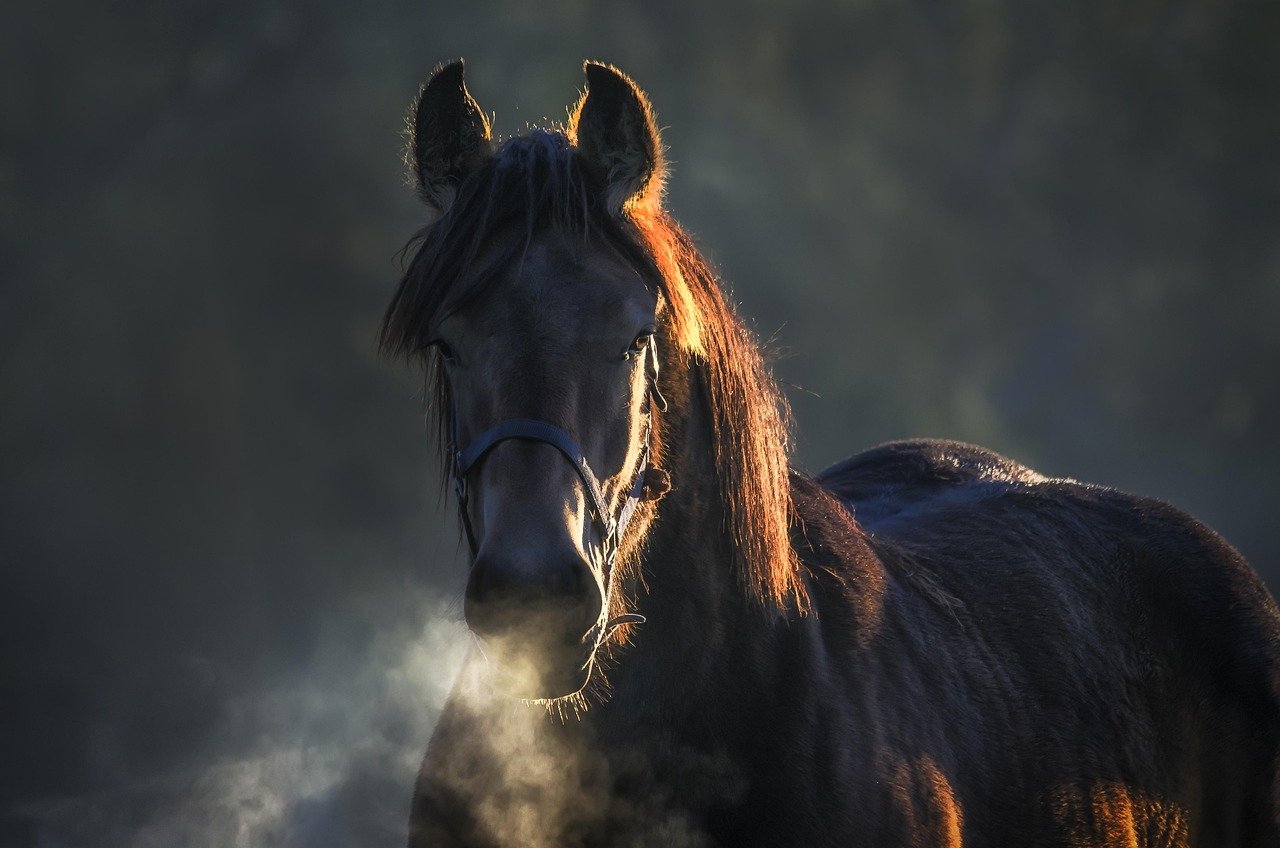
Horses are prey animals, which means their survival has always depended on being hyper-aware of their environment. Over thousands of years, this sensitivity has turned them into emotional barometers, constantly scanning for subtle cues. When you walk into the stable, your horse is already picking up on your body language, tone of voice, and even the way you move. Imagine a living, breathing mood ring—horses seem to change color with your emotions. Their deep, soulful eyes don’t just look at you; they seem to look through you. It’s no wonder so many people feel understood in the quiet company of a horse.
The Science Behind Emotional Contagion
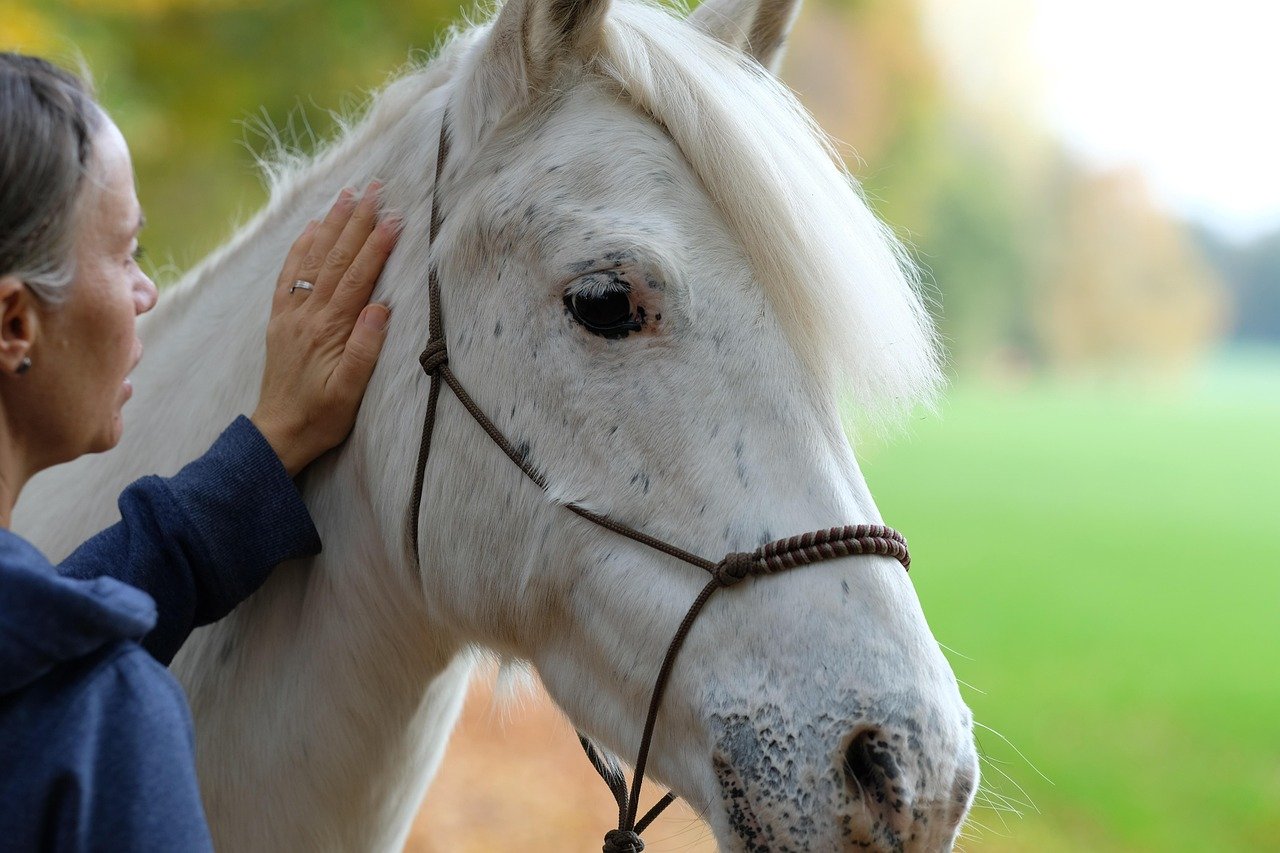
Scientists have actually studied the way horses catch on to human emotions. Through experiments measuring heart rates and observing behavior, researchers have found that horses’ stress levels can rise or fall depending on the mood of their handler. For example, if you approach a horse feeling anxious or upset, the horse’s own heart rate may spike as well. This phenomenon, known as emotional contagion, isn’t just magic—it’s biology. Horses can mirror our emotions so closely that they sometimes react before we even realize how we feel ourselves. It’s as if they’re holding up a mirror to our own hearts.
Body Language: The Silent Conversation

A horse’s world is built on body language. They communicate with subtle shifts—a flick of the ear, a swish of the tail, or a change in posture. When you bring your own energy into the picture, your horse is reading you like an open book. If you’re tense, your movements become rigid and your horse might step away or hesitate. On the other hand, if you approach with calm, open gestures, your horse is more likely to relax and come closer. It’s a two-way street, like a silent conversation where every gesture matters. You don’t need words; your bodies do all the talking.
Empathy in the Paddock
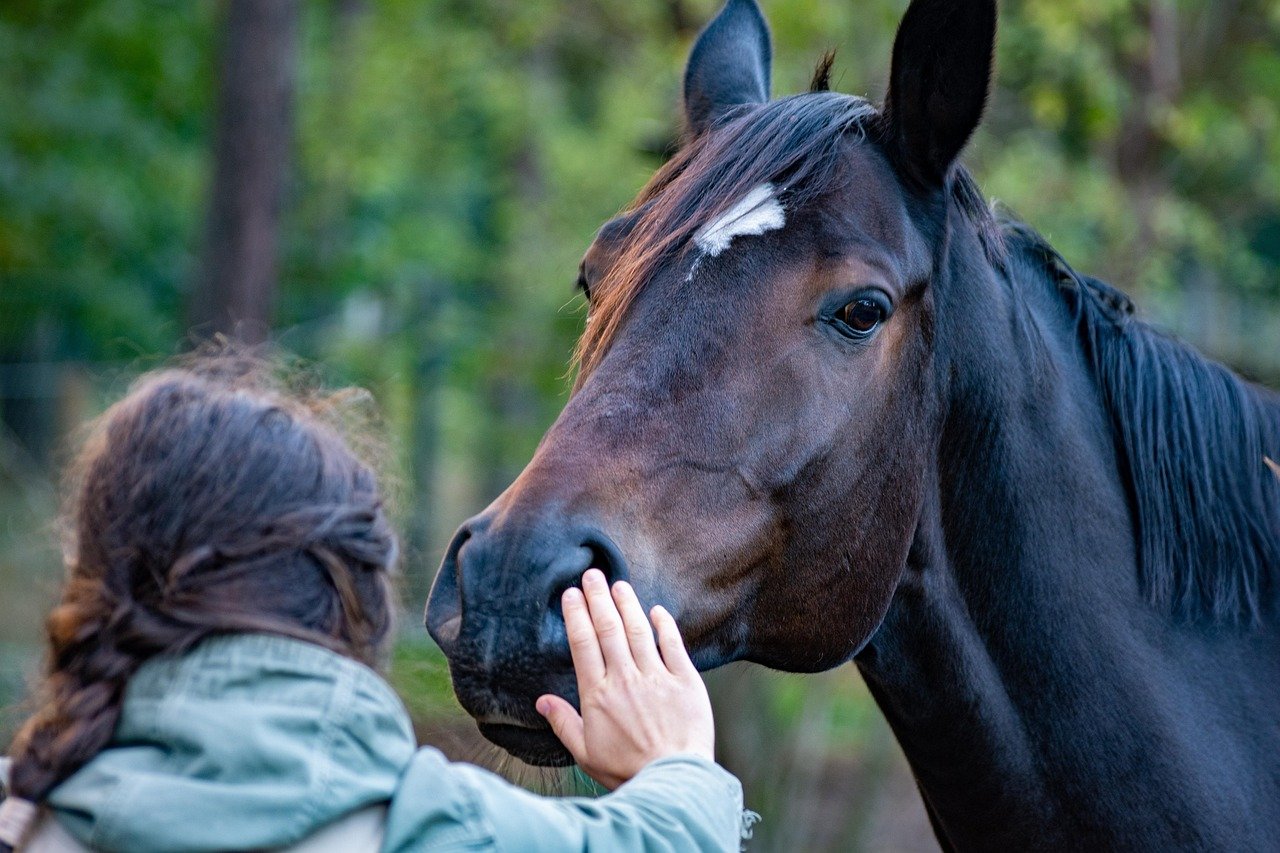
Empathy isn’t just a human quality—horses show it too, in their own unique way. If you’re having a tough day and just want to lean on someone, don’t be surprised if your horse leans back. Some people describe moments when a horse gently puts its head on their shoulder or quietly stands by when they cry. It feels like the horse is saying, “I’m here with you.” These moments aren’t just in your imagination. Horses are wired to pick up on distress and offer comfort, not out of obligation, but out of genuine connection.
Training and Emotional Reflection
Training a horse is as much about training yourself as it is about teaching the horse. If you step into the arena with frustration or impatience, your horse will likely mirror those feelings—becoming stubborn or distracted. But approach the session with patience and positivity, and you’ll see a different side of your equine friend. Many trainers emphasize the importance of being in the right headspace before working with horses. It’s a dance of energies, where your mood sets the tempo. Horses aren’t just learning commands; they’re reflecting your energy right back at you.
The Power of Presence
Horses live completely in the present moment. They’re not worried about what happened yesterday or what might happen tomorrow. When you spend time with them, they invite you to do the same. If you’re distracted or preoccupied, your horse will notice—and may become distant or restless. But when you’re fully present, even for a few quiet minutes, you’ll find your horse drawing closer, matching your stillness with their own. This shared presence is profoundly healing. It’s as if horses remind us to slow down and just be.
Horses in Therapy: Healing Connections
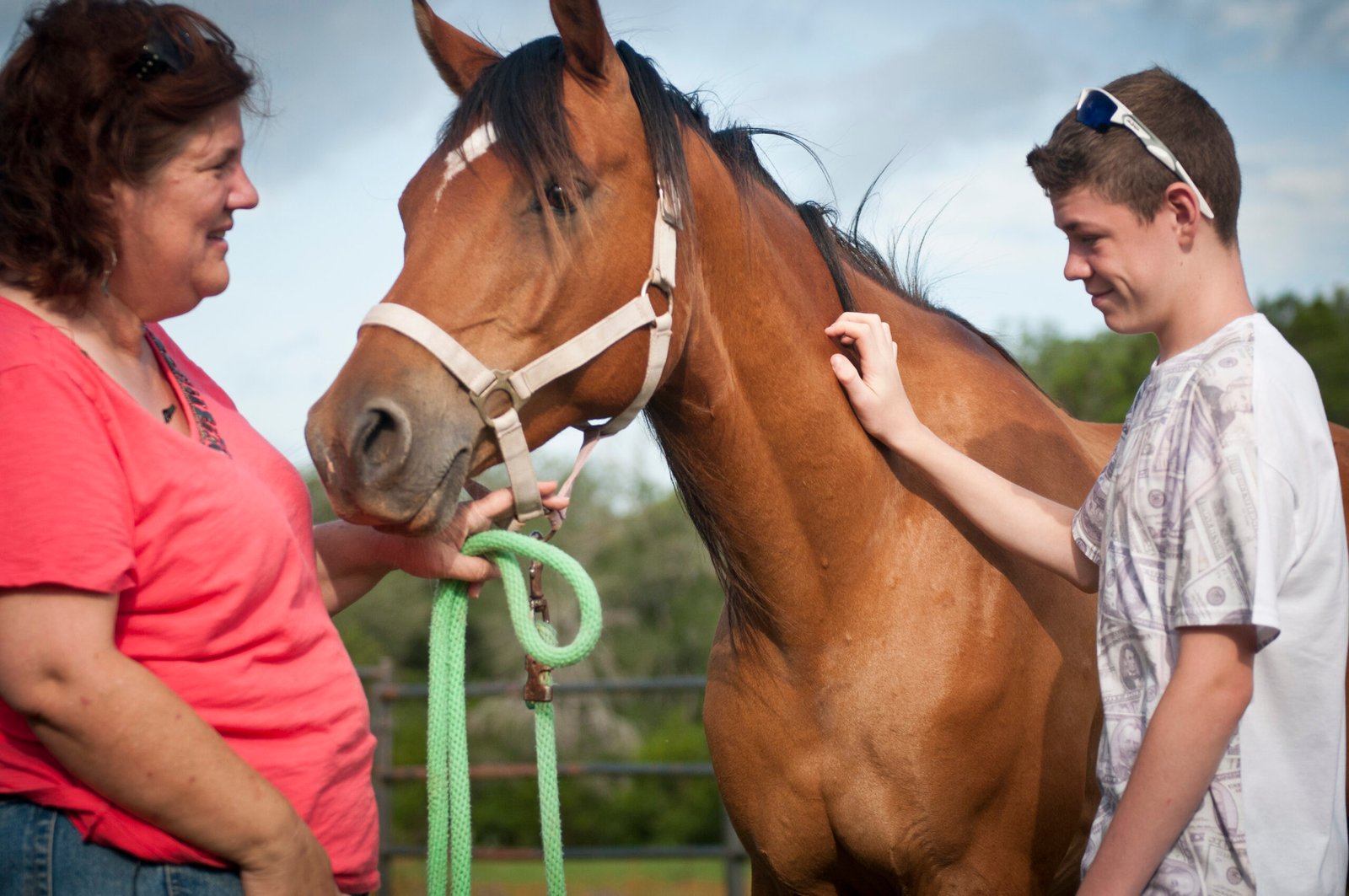
Equine-assisted therapy has become a powerful tool for helping people work through trauma, anxiety, and depression. Why? Because horses don’t judge—they simply respond. Therapists use this natural mirroring ability to help clients gain insight into their own emotions. If a person is closed off or anxious, the horse might act skittish or aloof. But as the person opens up, the horse often responds with warmth and trust. It’s a remarkable, non-verbal feedback loop that helps people heal. For many, the horse becomes a partner in their journey to feeling whole again.
Group Dynamics: Herd Mentality and Human Influence
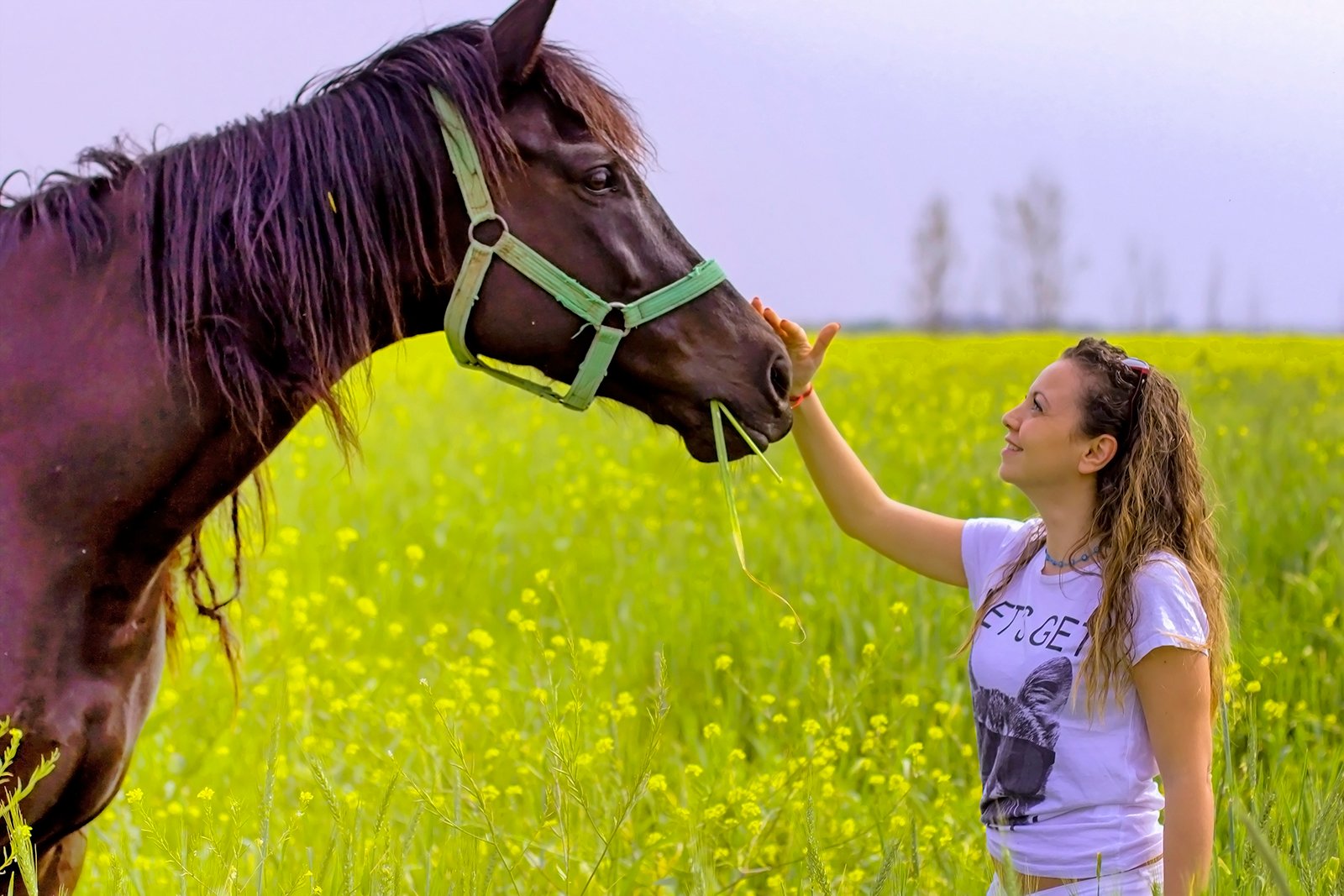
Horses are social animals, living in herds with clear social structures. When people enter the picture, they become part of that social dynamic, whether they realize it or not. A horse’s response to a group of people can shift depending on the group’s collective mood. For example, a tense riding lesson with nervous riders will often result in a paddock full of anxious horses. But a group that’s calm and confident can settle even the most sensitive animals. Being aware of your own energy isn’t just about you—it can influence the entire herd.
Everyday Examples: Real-Life Horse Mirroring Moments
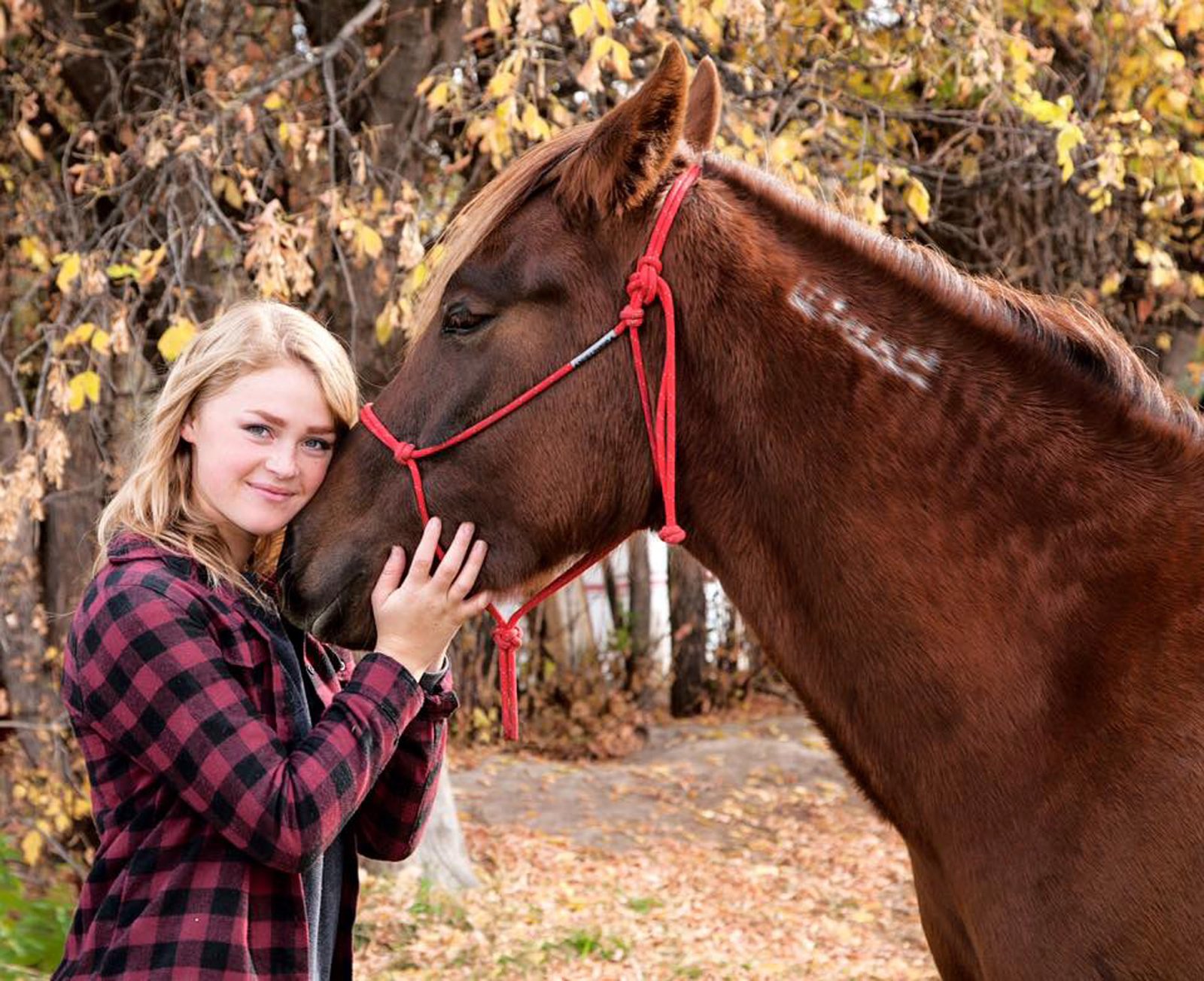
Ask any horse lover and they’ll have a story about a time their horse “just knew” what they needed. Maybe it was a comforting nuzzle after a hard day, or a sudden burst of playful energy that lifted a heavy mood. I remember once, after a particularly stressful week, my usually energetic gelding stood quietly beside me for nearly an hour, his warmth grounding me like nothing else could. These everyday miracles aren’t rare—they’re the heartbeat of the horse-human bond. Horses notice when you’re happy, sad, or somewhere in between. They become your emotional shadow, reflecting what you bring to them.
Building a Deeper Connection
Learning to recognize how horses mirror your mood is the first step to deepening your relationship. Start by paying attention to how your horse reacts to you on different days. Are they standoffish when you’re upset, or do they come running when you’re full of joy? The more aware you become, the more you can use this connection to build trust and understanding. Try grounding yourself with a few deep breaths before entering the barn, or spend quiet time together without any agenda. The more you tune into your horse, the more they’ll tune into you. It’s an endless cycle of connection—a partnership built on mutual respect and emotional honesty.

Andrew Alpin from India is the Brand Manager of Doggo digest. Andrew is an experienced content specialist and social media manager with a passion for writing. His forte includes health and wellness, Travel, Animals, and Nature. A nature nomad, Andrew is obsessed with mountains and loves high-altitude trekking. He has been on several Himalayan treks in India including the Everest Base Camp in Nepal.






